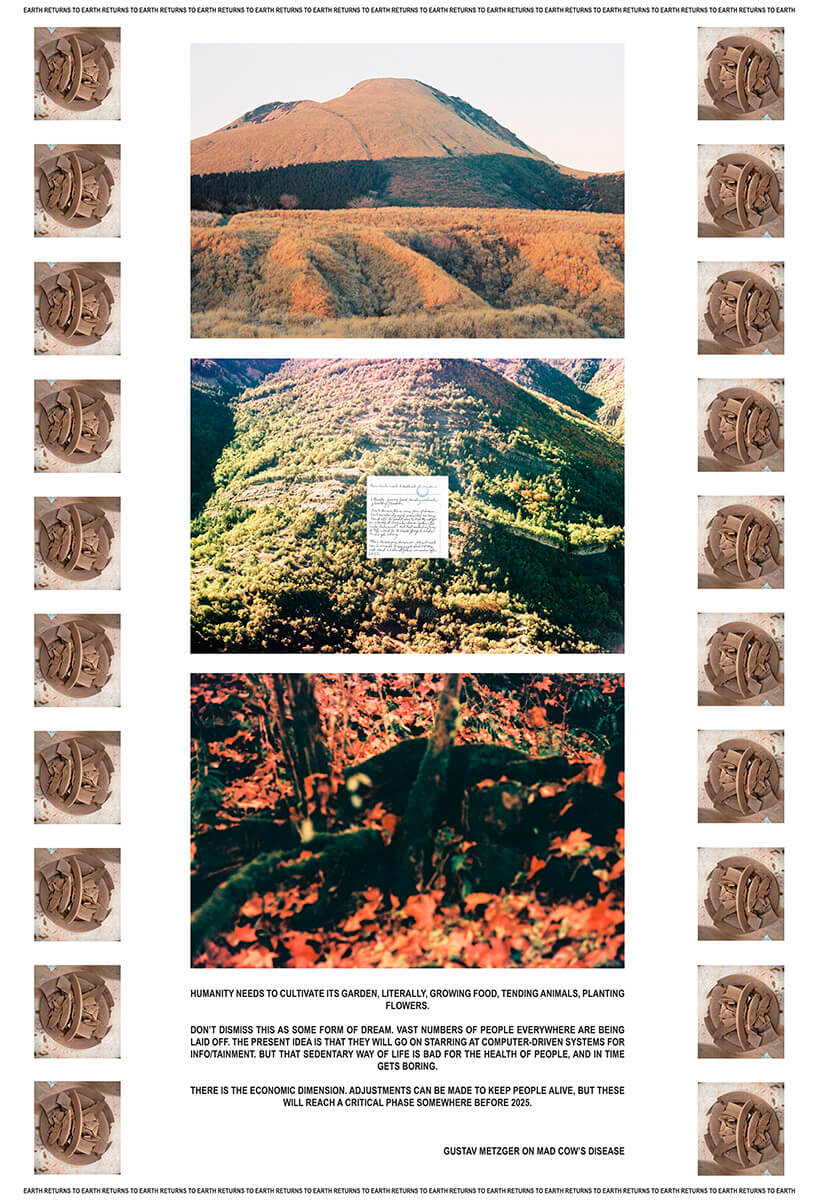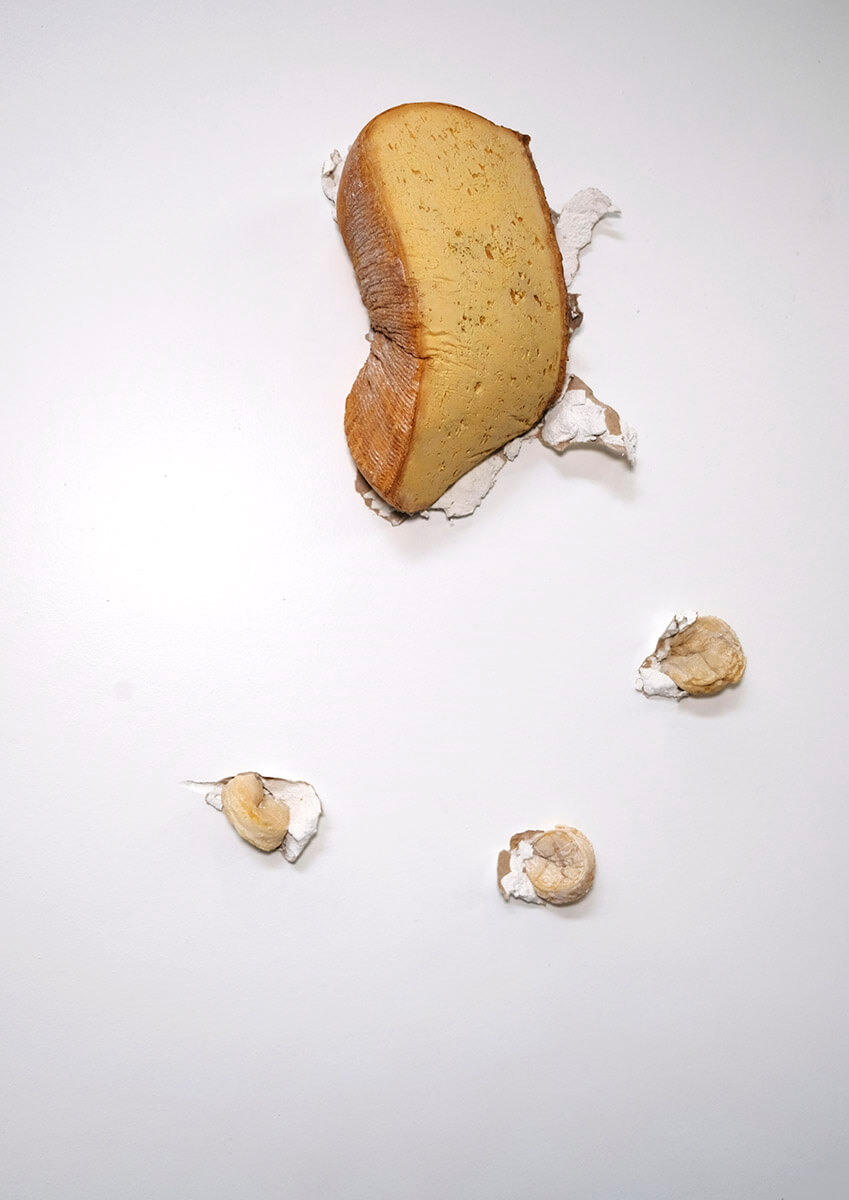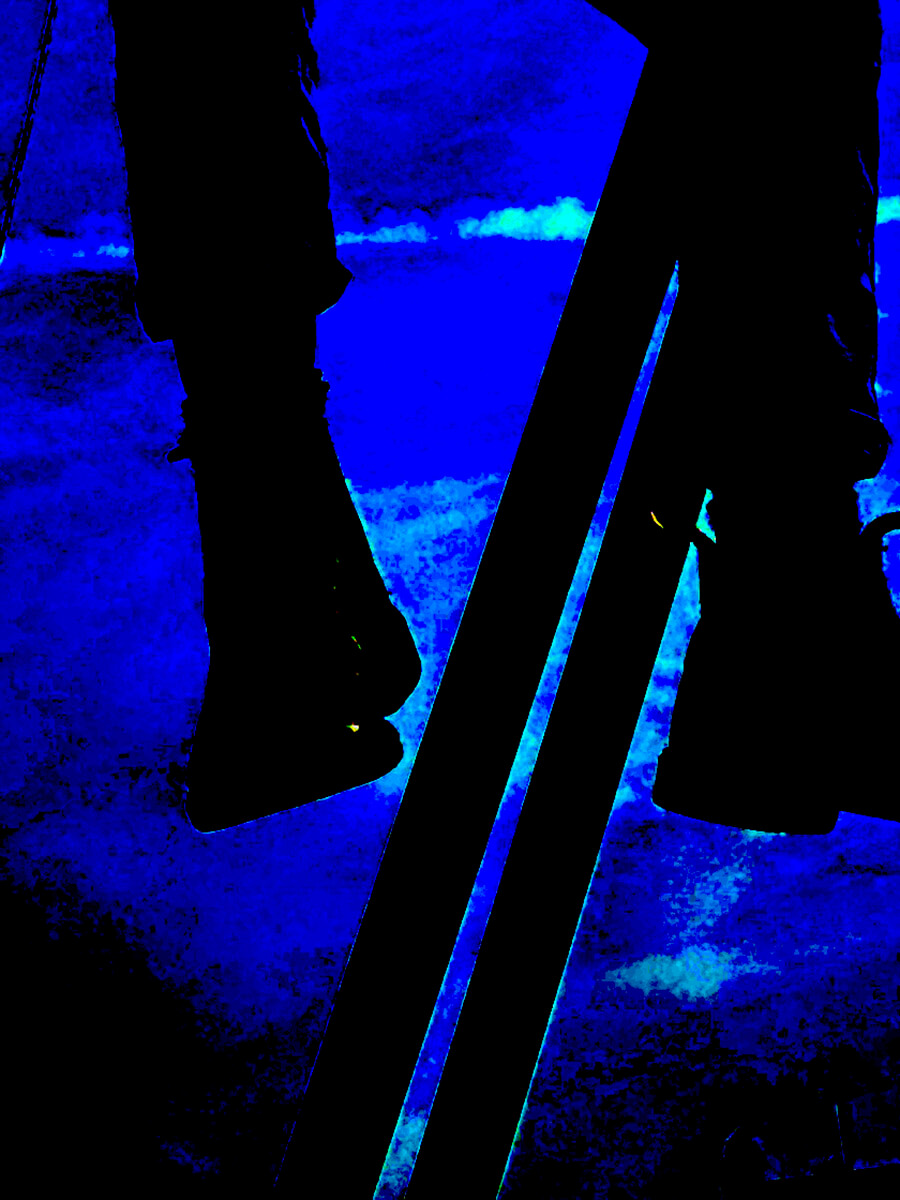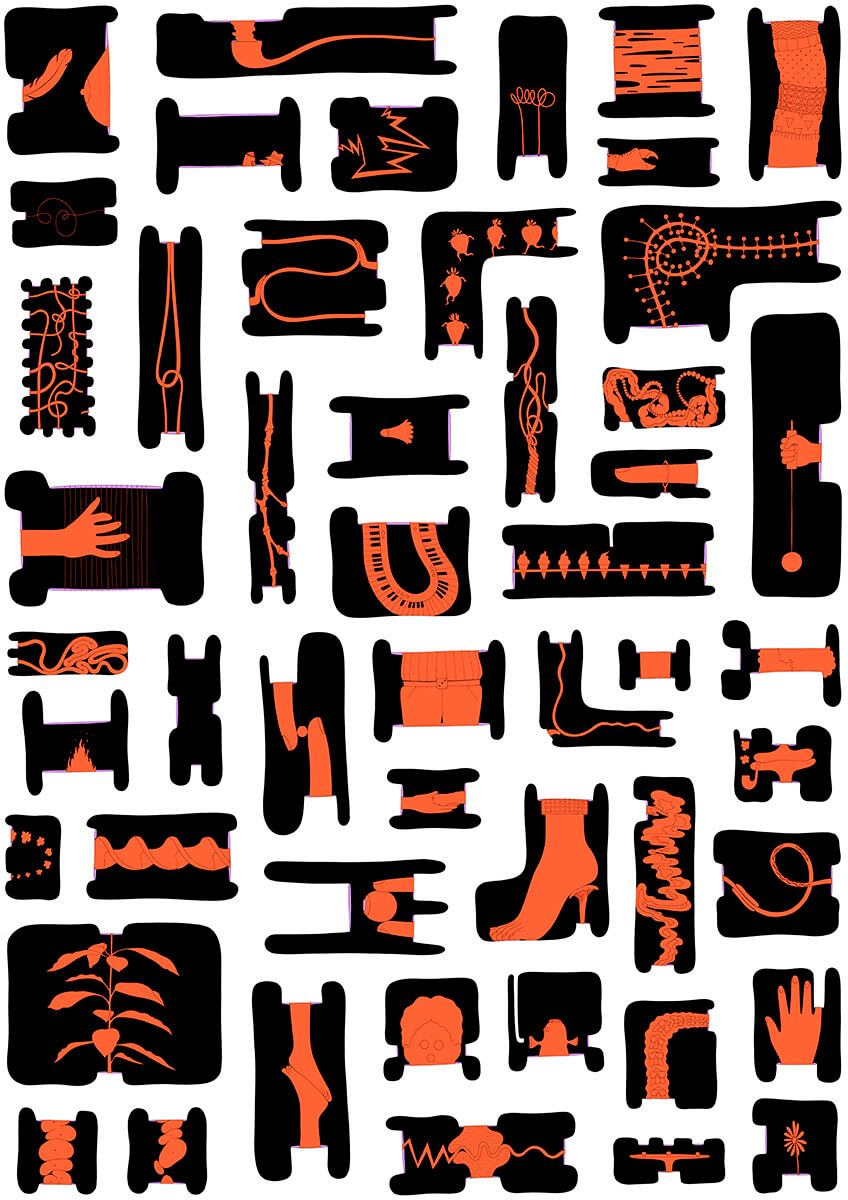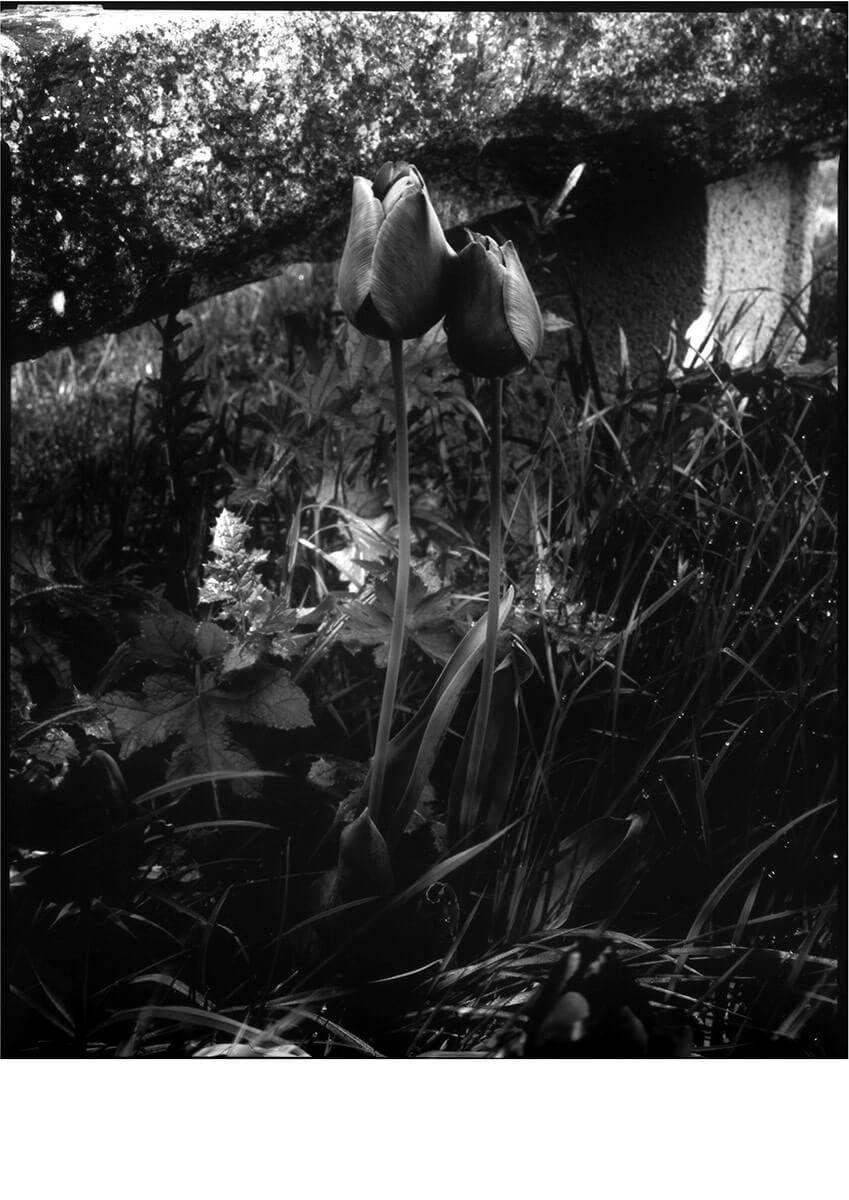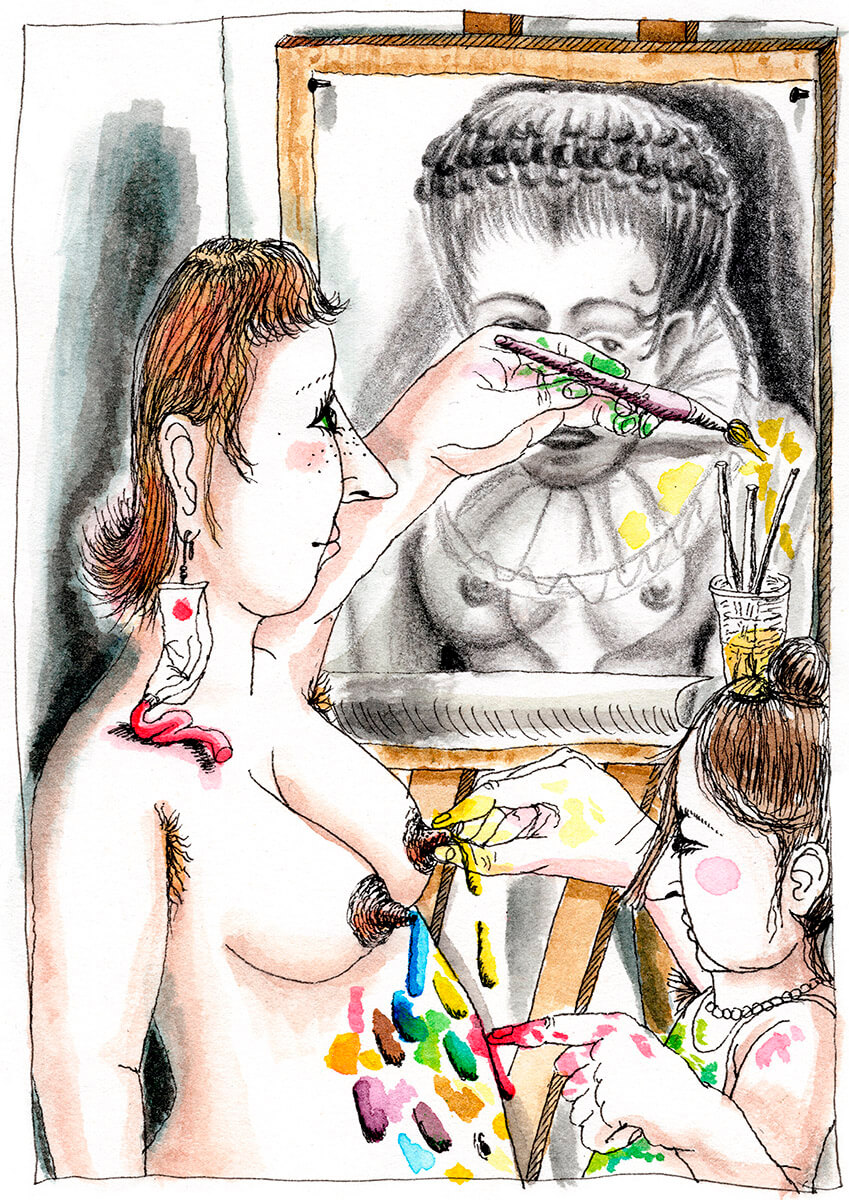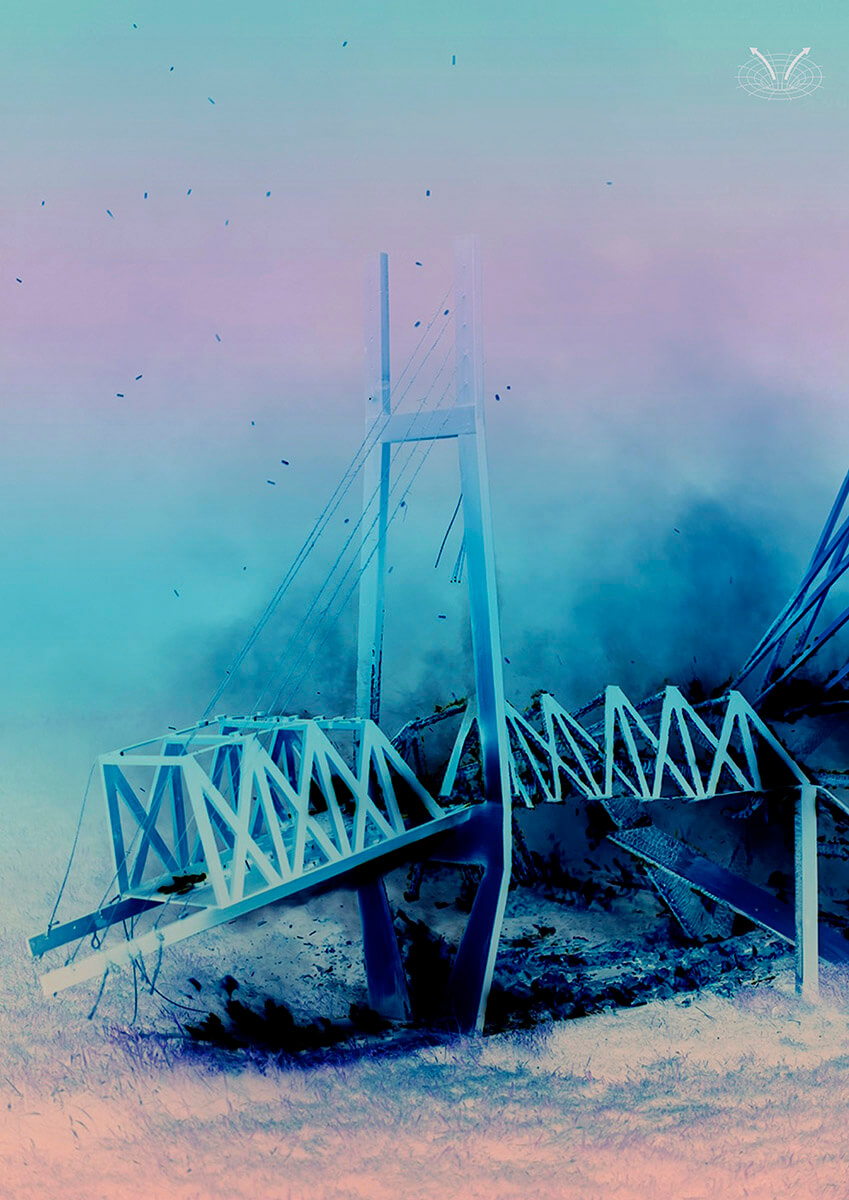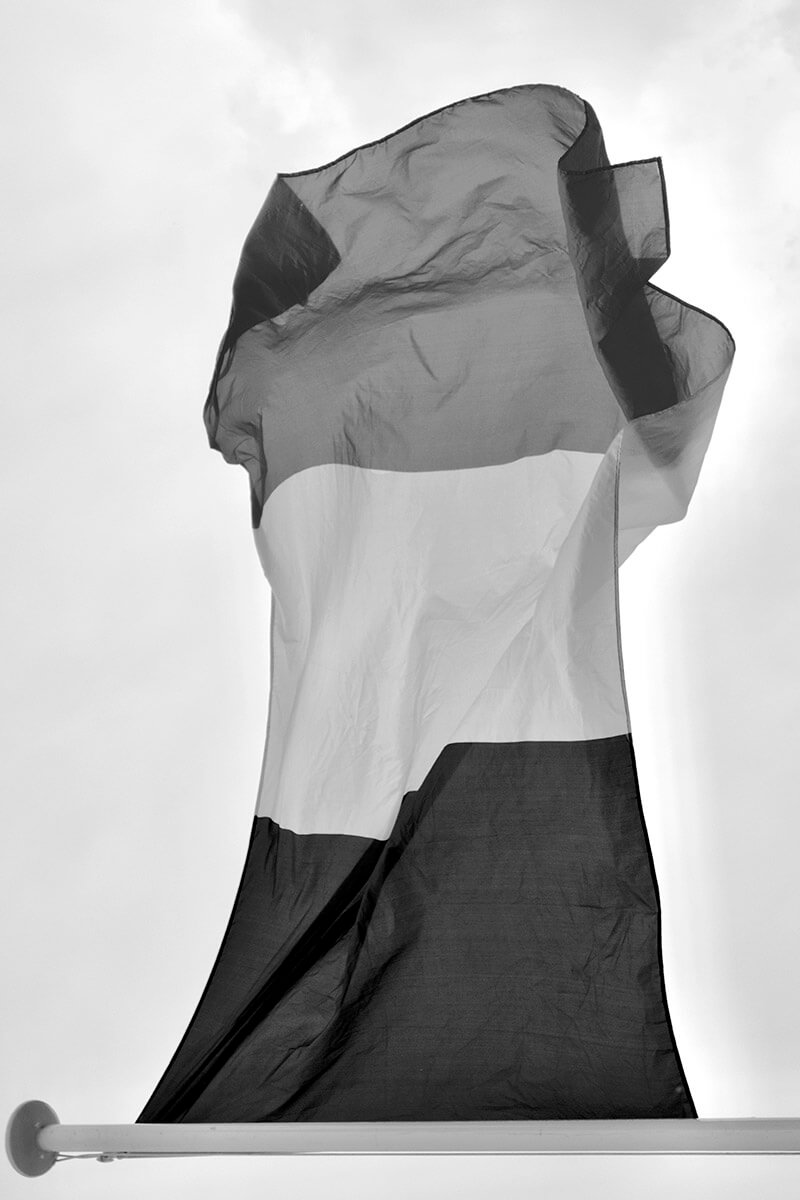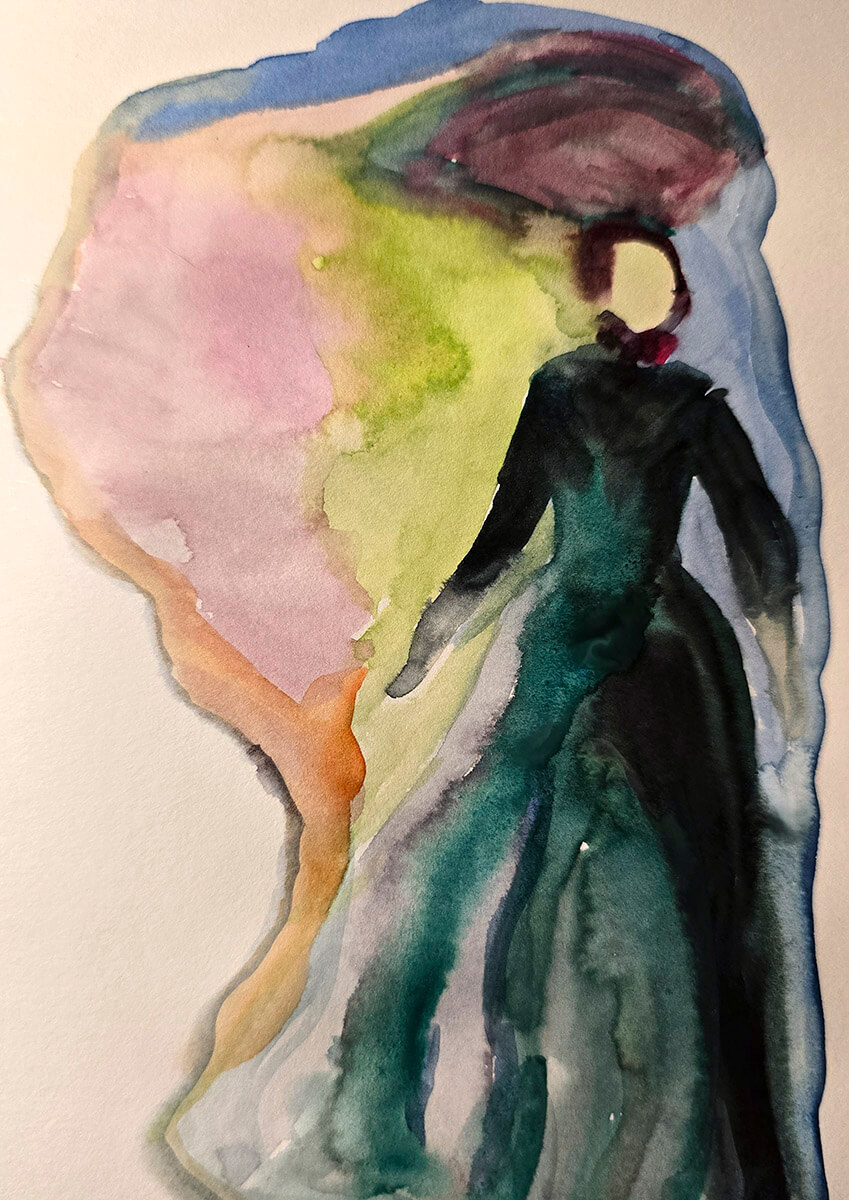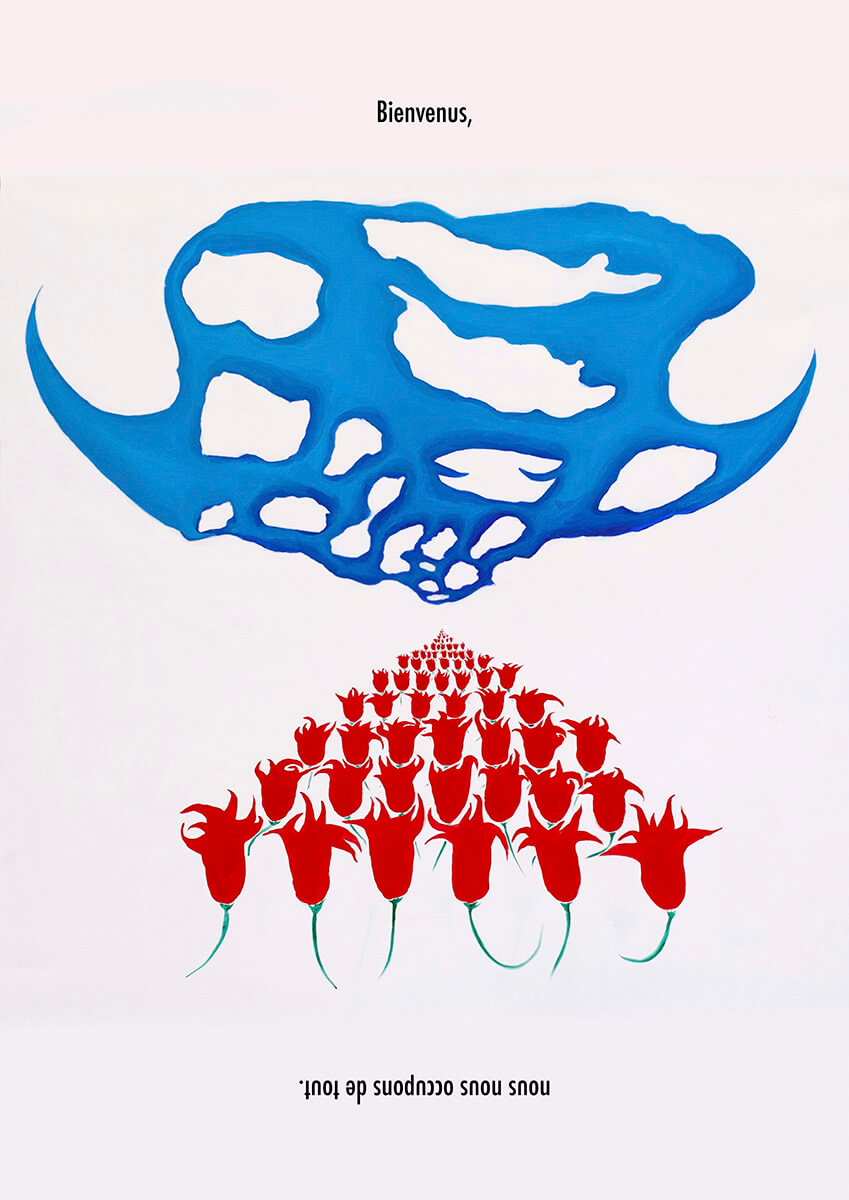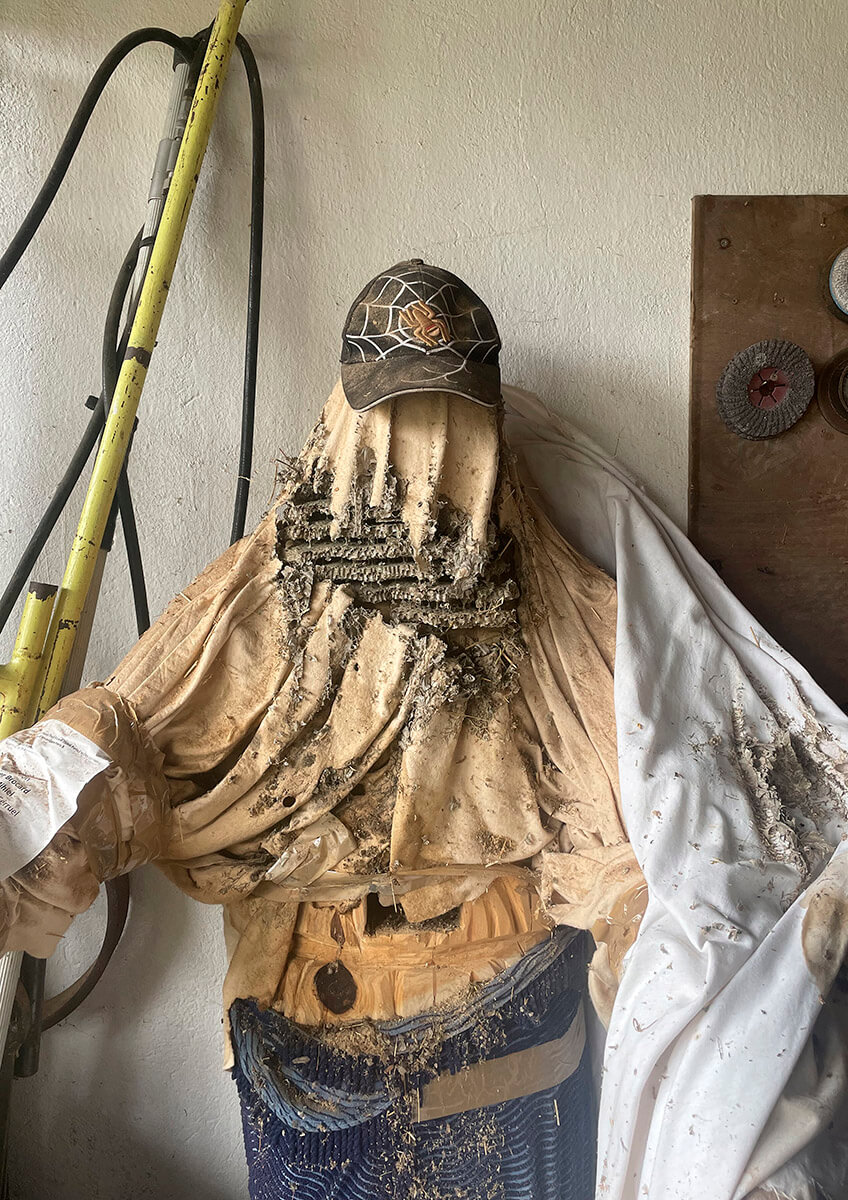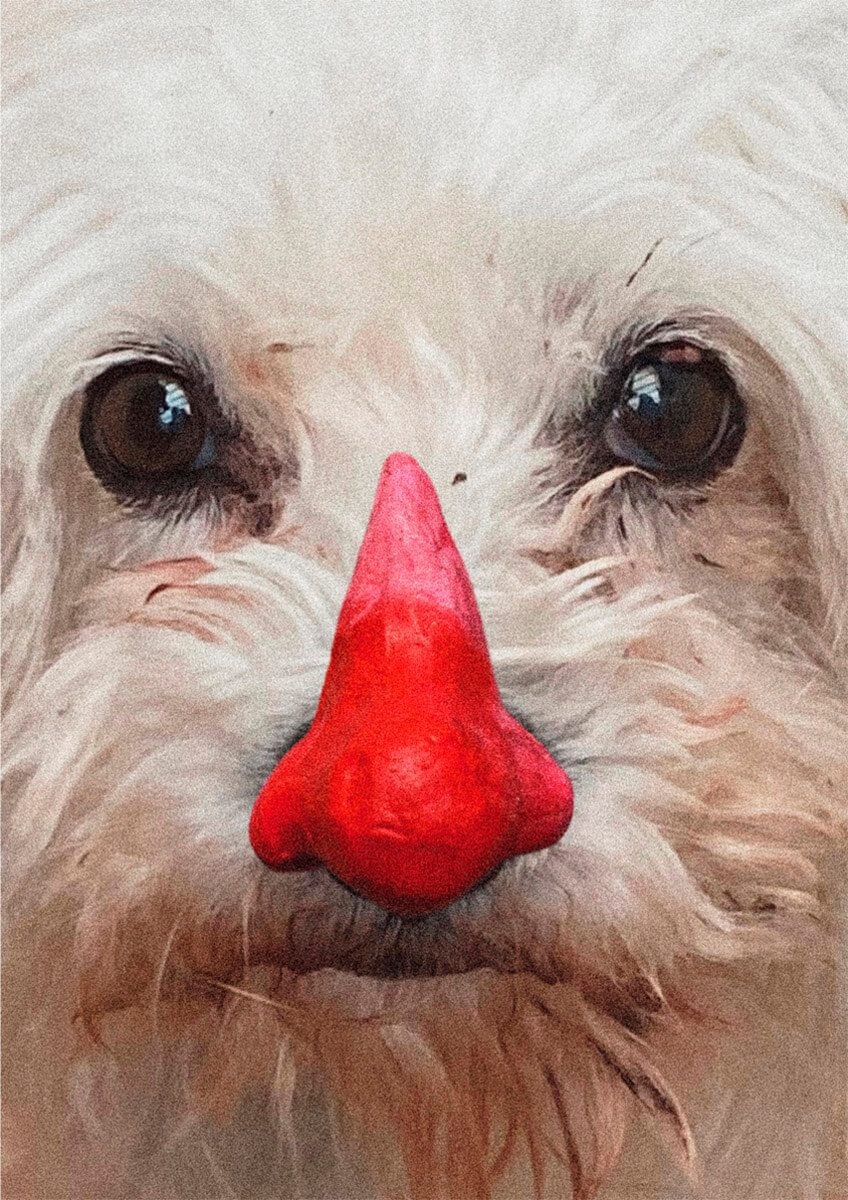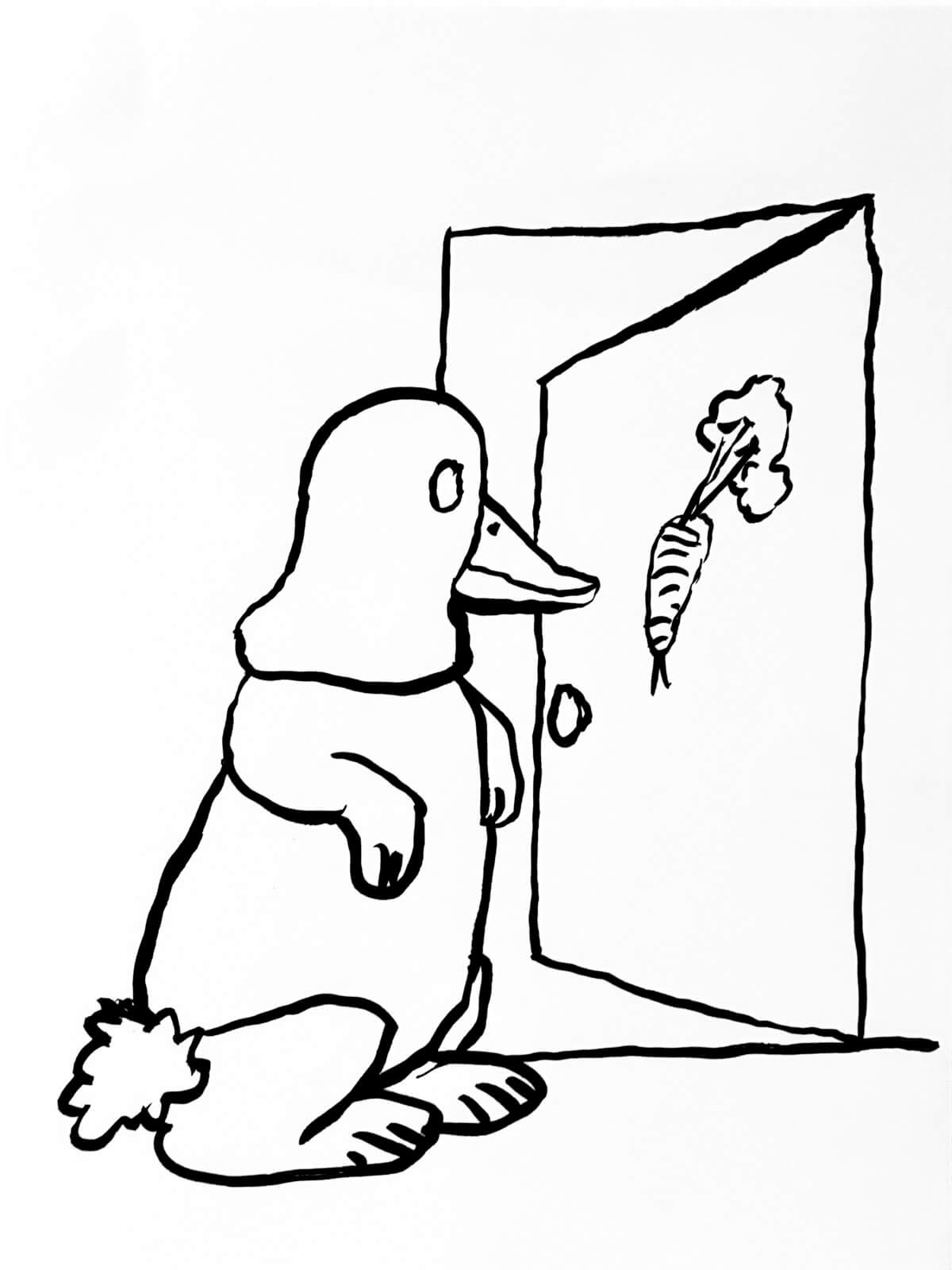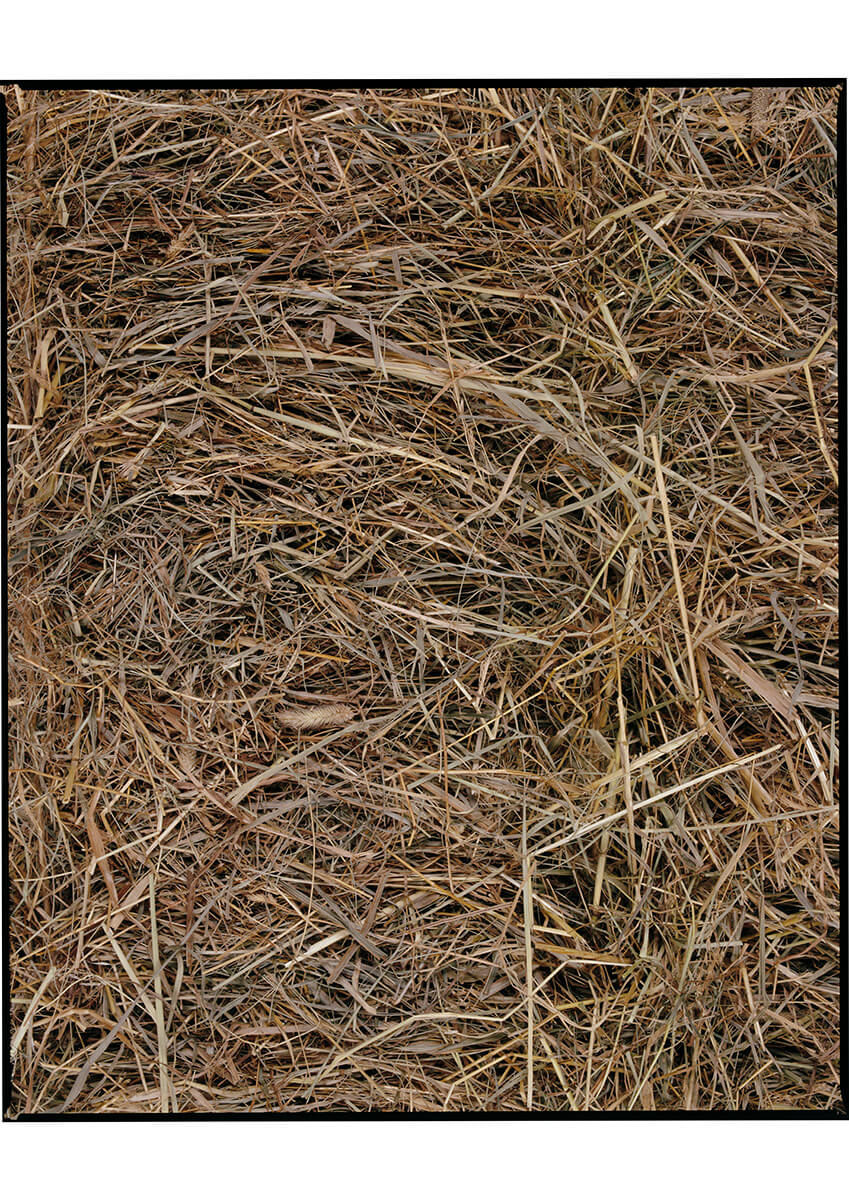Lapin-Canard was founded in Paris Belleville on the 1st of May 2015 and does artists’ posters.
It offers visual artists it enjoys carte blanche on a single A0 format (840 x 1188 mm). The posters are pigmented inkjet prints on 189g/m2 matt paper. They are released in affordable editions of 10 alongside 1 exhibition print and 1 artist’s proof. The prints are made on demand by Atelier Martin Garanger in Paris.
Lapin-Canard is non-lucrative and remits 60% of profits to the artist. Releases are always celebrated with music, libations and dances, in Paris or elsewhere.
You can reach Lapin-Canard per mail, or via Instagram.
LATEST RELEASES
YIPPEE!
Posters LC000 to LC100 entered the CNAP – French National Collection
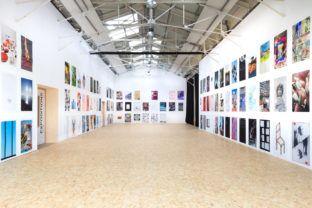
LAPIN-CANARD #40 – Une rétrospective, exhibition view, September 2019, Confort Moderne, Poitiers
Lapin-Canard
by Vincent Pécoil
In the beginning, “Lapin-Canard” was the name given to parties at a bar in Belleville, organised by Matthieu Clainchard and Nicolas Milhé. Since these parties brought together a large number of artists, the idea naturally arose to also make them into artistic events. To avoid the exhibition-in-a-bar pitfall, with its slightly sad connotation of being an exhibition for lack of anything better, the principle adopted was to produce artists’ posters and present them at each party, initially one, and subsequently several. The poster or posters were affixed to one of the large windows of the restaurant-bar, so that they were visible from the outside. The first Lapin-Canard party accompanied by the presentation of one of these prints took place on 1 May 2015 at La Cantine Fabien, a restaurant-bar located on the Place of the same name. La Cantine Fabien became the group’s Command Post, across from the headquarters of the other CP*. In the summer of 2015, Lapin-Canard became an association and publishing house, joined during that period by Lily Matras, who later became its president.
The term “poster”, which the association’s members prefer to “edition” or “multiple”, is significant. It refers to a common use of images: that custom of decorating one’s interior, to show one’s adherence to a world, to a sensibility, to tastes. In the context of the Lapin-Canard parties, the poster is a way of provisionally embellishing our environment, making it our own—in a way comparable to how teenagers decorate their bedrooms with posters to personalise them. The use of this specific word is also a means of attenuating its preciosity, since these posters are actually expensive prints produced in a limited edition: ten copies, plus an artist’s proof and an exhibition print retained by the association. But this does not mean the exhibition copy is treated like an ordinary poster, reappearing every time with tears, stains and wear accumulated over the course of its exhibitions.
For each edition, the artist’s invitation is a carte blanche. Although the artists rigorously do whatever they want, without any filter or validation imposed by the sponsors, the format and technical characteristics remain the same every time: an inkjet print on heavy, matt, A0 paper (printed by Martin Granger in Montreuil). Whether the artists are famous or not, the sale price of these editions is the same for all of them, star rabbits [lapins] and lousy ducks [canards] receiving identical remuneration (60%). Lapin-Canard being an artists’ initiative, the association’s members obviously look out for the best interests of image actors, making sure that the financial terms of these editions are favourable to them above all, even if the sums involved are always modest.
The posters do not exist independently of the social activity of their “launch”, that is to say the parties at which they are shown for the first time. These have taken place not just at La Cantine Fabien, but also in several other places in Belleville. The posters have been shown together on various occasions as well: first in a Paris gallery (Triple V), and then in art centres and at salons dedicated to multiples. In these places, the presentation of the editions assumed the form of more traditional exhibitions (but were also followed by a party). One hundred and seventy-two posters have been produced so far, created by as many artists (or more, counting the collective works). Most of these posters have been acquired by individuals, by major French public collections, including the Fonds national d’art contemporain (LC000 to LC100) and the Frac Île-de-France, as well as by art libraries in Villeurbanne, in Brest and in the canton of Valais, Switzerland.
This initiative arrives in the wider context of the gradual disappearance of magazines—media that enabled artists to promote their work in decades past. Magazines had their raison d’être in the transmission of rare information. Today, this need seems a lot less obvious, because of the development of social networks and personal websites. The problem is no longer the scarcity of information, but rather its overabundance; self- promotion on sites like Instagram and Facebook has quickly attained the level where it saturates our senses. If “clouds” have become art’s natural ecosystem, this evaporation into social clouds has obviously changed our relationship with art and its community; just as “friends” on social networks are not quite friends, the images of works circulating on them are not the works themselves, but their substitutes (except in special cases). Organising parties and a simultaneous presentation of works is a way to start condensing these phenomena: ensuring the transition of a community of artists and works from a gaseous to a solid state (or more precisely liquid—and even lots of liquids).
Beyond the pleasure principle involved in a real get-together, there is also the desire to at least partly be one’s own producer, and to distribute work by artists of different generations and different countries, regardless of whether or not they are famous. As the association’s name suggests, its aim is twofold: to produce images, but also organise parties. The choice of the name “Lapin-Canard” (which means “Rabbit-
Duck”) was motivated by the desire to differentiate ourselves from a certain palpable heaviness in the names of other art organisations. The expression refers to an illustration published a century ago in a Bavarian satirical newspaper. The rabbit-duck subsequently became emblematic of the Kippfigur, in other words an image that can be turned upside-down, an optical illusion based on a figure’s bivalency. As the focus of attention moves from one of the drawing’s motifs to the other, the rabbit becomes a duck or vice versa, but it is impossible to see the two images simultaneously. The events organised by the Lapin- Canard association are themselves also reversible: viewed through the beak, it is a party; through the ears, it is a publisher. Or put differently: on the one hand it is a community, on the other a set of works.
“Lapin-Canard” is therefore an optical illusion (a “bistable” image). It is interesting to view distribution as a question of optics. Promoting a work means getting this work seen. It is about making something visible, enabling it to be discerned. Specifically, it means making an image stand out from its environment (and therefore making this environment disappear, at least momentarily, in favour of the image). Likewise, the vernissage or party are moments when the art community stops being an abstraction in order to take shape and become visible—and also enlarge, to include the music community, since every party is also a chance to invite DJs and musicians**. No less than the posters, it is this community that is exhibited, made tangible during the event. In short, what is exhibited is this idea that art is not only a set of works, but a common desire to share something. Of course the art community is a peculiar one, and particularly diverse. It would be easy to object that it is hardly a community. It brings together people who could very well cross paths without knowing each other, who move in different environments and circles. Artists, intermediaries (such as gallery owners, curators and advisors), art-lovers and collectors do not always speak the same language and can even have mutually opposed interests. But what unites all of these people is the desire to take part in something more than personal, a history, a movement that is greater than the individuals that constitute it. The art community is built over the course of exhibitions and events. It is not to be confused with the institutions that host these, nor with the symbols that represent it; it is a desire, the desire to share, to pool something. It is this desire to share that brings coherence to a project that, in the course of parties and editions, has ended up forming a large and perfectly heterogeneous set of images, which are diverted or invented, ordinary or extraordinary, beautiful or hideous, and which, after Paris, Poitiers, Toulouse, Yvetot, Geneva, Brussels, Berlin, Hamburg, and soon Bordeaux, Marseille and Brest, are destined to circulate outside France, now that Lapin-Canard is planning collaborations in Athens, Belfast, Naples, Porto and Prague***.
Notes
* The headquarters of the PCF (French Communist Party) is located at Place du Colonel Fabien, in a building designed by Oscar Niemeyer.
** Perez, Low Low, RUI HO, Polygraphic Hate Alliance, Vonverhille, Crystalmess, Vava Dudu, KL2A, Zaar, Emo_Goblin, DJ PAB, Spasiba Swastika, Wicca, Eva Peel, KLITCLIQUE, La Stampa, Thibaut de Ruyter, Dj Sémit, A S T R E, Chevallier (Resident), Province, Chacha, Eva Revox, Axel Strummer, Jean pierre & Bertrand, Gaillard & Claude, La Vouivre & Rue des Menuts, Emmanuelle Gibello, Jojo, Miyako, Dj Wet…
*** In collaboration with (in no particular order) Duuu Radio, Multiple Art Days, Friends With Books, Le Confort Moderne, Lieu-Commun, Galerie Duchamp, artgenève/salon d’art, Artists Print, Hopscotch Reading Room, Arts of the Working Class & Klosterfelde Edition, La Fabrique Pola, Jeanne Barret, La Passerelle centre d’art contemporain.

